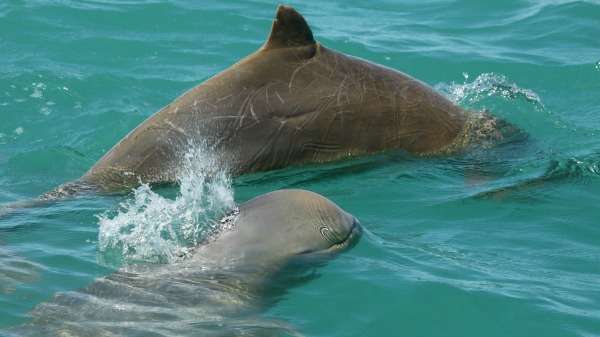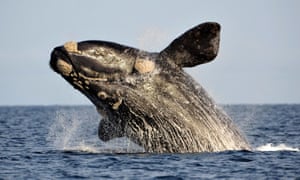Professor of geography, Mark D. Schwartz, of the University of Wisconsin-Milwaukee has determined that the start of growing seasons have started a week earlier than it did 50 years ago. Schwartz used a combination of plant data, air temperature records, and satellite imagery to model how climate change impacts spring and fall. According to Schwartz, “plants on the ground can tell us more and give insight into questions that satellites can’t”. Read more…

This week, an article was published in Frontiers revealing the homebody habits of dolphins. The study is the latest in a long line of research done by scientists at Murdoch University Cetacean Research Unit (MUCRU). The goal of the program is to help provide more baseline data on the northwest’s dolphins to develop conservation and protection strategies. The article reports on the Australian snubfin, humpback, and Indo-Pacific bottlenose dolphins. The scientists and volunteers at MUCRU surveyed the dolphin areas multiple times and it appeared that the same individual dolphins were in the same areas year after year. Read more…
 Southern right whales were hunted to the brink of extinction at the start of the 20th century. Approximately 35,000 to 41,000 southern right whales were estimated to have been killed in New Zealand between 1827 and 1980. Oil was extracted from its blubber and used to street lamos as well as food. Since that point, the population has only recovered to 12% of its original size. A study recently published in the Royal Society Open Science journal reported that it would take at least six decades for the population to fully recover and, by that time, it would likely be impacted by climate change. Read more…
Southern right whales were hunted to the brink of extinction at the start of the 20th century. Approximately 35,000 to 41,000 southern right whales were estimated to have been killed in New Zealand between 1827 and 1980. Oil was extracted from its blubber and used to street lamos as well as food. Since that point, the population has only recovered to 12% of its original size. A study recently published in the Royal Society Open Science journal reported that it would take at least six decades for the population to fully recover and, by that time, it would likely be impacted by climate change. Read more…
5. Can a Long-Dead Reverend Help Save Amazonia’s Freshwater Dolphins?

During a 2007 survey, 116 groups of pink river dolphins and 220 groups of gray river dolphins were found in the Amazon River between Colombia and Peru. This was an increase from previous population totals taken in 1993 and 2002. Why is this the case? What conservation practice is helping these species? Well, these data points may be a result of the variables in the observation techniques. This is a challenge tracking the population sizes of all species. Rob Williams, a marine mammal scientist at the University of St Andrews, and team developed a way to review survey data incorporating a flexible statistical approach developed by the English Presbyterian minister, Reverend Thomas Bayes, in the 1750s. After processing the possibly problematic survey data, Williams and team reported that there is a 75% probability that the gray dolphin population was stable or increase and an equal probability that the pink dolphin numbers declined. Read more…
Be sure to “LIKE” http://facebook.com/SeaSave to ensure our “Week in Review” is delivered to your newsfeed every Thursday.





